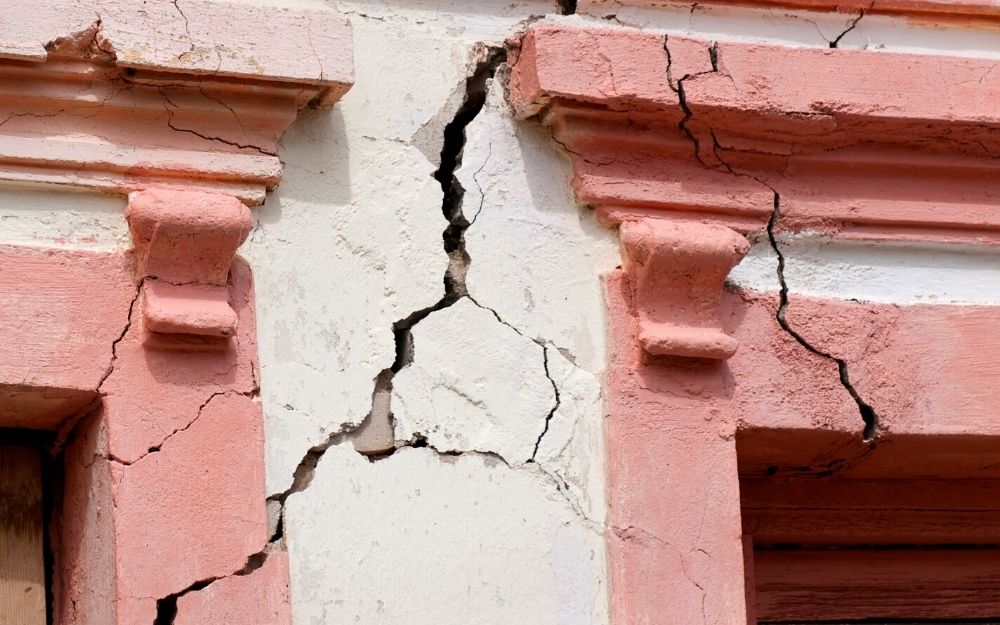The sudden collapse of a Miami apartment block on June 24, killing more than 98 people, made headlines around the world and focused attention on the horrific consequences of unaddressed building defects.
Initial findings on the collapse of the Champlain Towers South in the Florida suburb of Surfside suggest long-term degradation of reinforced concrete supports in the underground parking garage caused by water penetration from a leaking pool was a major factor.
In Australia, the increasing popularity of living close to work, retail and transport facilities means ever more high-rise apartments in our major cities and regional centres. As a result, developers rapidly construct new blocks to meet the demand, not always with the rigour required of modern construction and building codes.
High profile local cases of building defects such as the slanting of Sydney’s Opal Tower and the fire at Melbourne’s Lacrosse building have highlighted some of the legal issues involved for owners in such properties, which we’ll look at in this post.
Building defects and strata properties
A building defect can be caused in a number of ways, from faulty workmanship to poor design, use of defective materials, or a failure by a builder to follow standards set out in the National Construction Code.
For a fault caused by any of these means to be considered a defect, it must carry the risk of damage or destruction to the building or make it unable to be used for its intended purpose. This is considered a major defect.
A minor defect, by contrast, is any defect that is not a major defect and will usually be a cosmetic fault.
Common building defects include damage caused by inadequate waterproofing or cracks which appear in walls, ceilings and floors due to issues with a building’s structure.
In Queensland, a building defect is a faulty or unsatisfactory work under the terms of the Queensland Building and Construction Commission Act (‘the Act’).
Under the Act, statutory warranties exist in relation to new buildings, enforced by the QBCC. Within these periods, the builder is responsible for remedying any defects.
Defect liability periods in Queensland
Defect liability periods are the time limits in Queensland within which an owner or body corporate can make a claim against the builder to remedy defects.
Structural, or major, defects such as water leaks, major cracks and structural failure have a defect liability period of six years + six months from the ‘practical completion’ date of the building in Queensland.
Non-structural defects such as frayed carpet, or paint and tiling defects, for example, have a 12-month defect liability period.
Once a defect is detected and known about, it must be reported to the builder within 12 months through lodgment of a defective building work complaint with the Queensland Building & Construction Commission.
Defects found on both individual and common property in strata properties are covered by the statutory warranty. The body corporate may bring an action to have the defect remedied on behalf of a lot owner.
It’s important for a body corporate to act quickly once a building defect is known about as after the expiration of the warranty, responsibility for rectification will generally fall on the body.
It should be noted that a body corporate is not responsible for building defects within lots unless those defects relate to the structure of a building and the building was created in a building format plan.
Strata insurance claims
Strata insurance is taken out by a body corporate to cover public liability, damage to common property and common area contents, theft, recovery after a catastrophe, and legal liability for office bearers.
Many strata insurance policies include excluding any loss or damage arising from an existing defect in the building’s construction and/or design.
Such exclusion may leave a body corporate with limited or no cover in relation to building defects.
Bodies corporate should also check a similar exclusion is not part of the public liability coverage of the policy so that they are covered in the case of personal injury that might result from a building defect.
A body corporate can reduce its exposure by establishing the practical completion date of the building and being aware of the statutory warranty period; commissioning a defect report well before the expiry of the warranty; actioning any defects identified in the report before the liability defection period expires.
Consult specialist legal professionals
OMB Solicitors’ specialist practitioners in this area of the law mean we regularly advise bodies corporate on the complexities of strata insurance policies when building defects arise in buildings.
We will help advise on the fine print of the policy. We will also provide a body corporate with the right advice to enforce rectification of defects through the QBCC, or a separate contractual claim against a developer or builder in relation to defects.
Call us Gold coast Solicitors today if advice is required on any of the issues raised in this article.


